Just like it does in other markets, Starbucks offers special limited edition merchandise for specific locations in Japan. But even if you’ve already got special tumblers from Tokyo, Yokohama, Kyoto, and Hiroshima, you collection won’t be entirely complete without this special Starbucks bottle that you can only purchase onboard ANA flights inside or connecting to Japan.
Posted by Casey Baseel (Page 517)
In general, Japan has very few animals that’ll kill you, as most local wildlife falls outside the three danger areas that trained zoologists refer to technically as poisonous, gigantic, and fangy.
However, you only need to kill a man once to show him you mean business. A check mark in any one of those boxes is cause for concern, which is why authorities in Japan are warning people about deadly poisonous mites that’ve been found in the country.
Like many of the world’s largest and oldest metropolises, Seoul owes part of its development to its location on the banks of a river. In the case of the Korean capital, being situated along the Han River contributed to the flow of goods and resources necessary for a large community centuries before the development of trains or automobiles.
The Han River still flows through Seoul today, where the body of water is crossed by the Mapo Bridge. But while the bridge was built with the purpose of serving as a transit artery, it’s also been darkly co-opted by those looking for a place to end their own lives, and the site sees more suicides than almost any other in Korea. Unfortunately, a public service campaign looking to reverse the tragic trend has had the opposite effect, with suicides at Mapo Bridge increasing more than sixfold since the campaign began.
One of the trickier aspects of adapting to life in Japan is getting the hang of the numerous seasonal customs. While your acquaintances aren’t likely to get that bent out of shape if you miss a day or two, completely adhering to proper etiquette involves managing a year-round schedule of sending gifts and written salutations to friends, family, and business associates.
The sentiment is definitely admirable, but don’t Japanese people don’t find this all to be a huge hassle? Actually, it turns out some of them do, as shown in a poll of the top five seasonal traditions people in Japan would like to do away with.
Last month we laughed along with the Swedish animators Olivia Bergstrom and Eric Bradford as we watched the first scenes of their anime-inspired creation Senpai Club. Now the pair, collectively known as makebabi.es, is back for another round of parody featuring dangerously pointy anime chins, ostensibly handsome upperclassmen, and just maybe even more stealthy bilingual gags with Senpai Club Episode 1 Part 2.
Back when I was applying for my first Japanese work visa, there was a thick stack of paperwork I had to submit. Most of the items made sense, but one that struck me as weird, though, was my college diploma. I knew that Japanese law required a college education for the visa I was applying for, but wouldn’t sealed, authenticated transcripts make more sense than a personal diploma, which could be easily forged for 20 bucks at any print shop, or even with a high quality home-use printer?
Nope, I was informed, it had to be the diploma. That’s the paperwork they give you when you graduate, right? After all, from the standpoint of honest and by-the-book Japanese society, who would be so dishonest as to provide false educational credentials?
How about a man in Osaka, who taught junior high school for 15 years without ever obtaining his teaching credential.
As fans the world over continue to wait for the upcoming newest installment of the Sailor Moon franchise, merchandising giant Bandai has been releasing a steady stream of goodies from the hit anime. Recently, we’ve seen compact mirrors and even lingerie inspired by the twin-tailed magical girl and her cohorts, and now comes a line of Sailor Moon pens.
The very first time she came over to the swinging bachelor pad/pitiful bunker I used to live in back when we were dating, my wife immediately noticed that the one and only interior decoration I had was a California license plate mounted on the wall. To me, the blue on white design is immediately nostalgic and reassuring.
In Japan, though, ordinarily the only thing that differentiates plates issued in different parts of the country are the kanji characters written across their tops, so they don’t provide quite the same immediate visual shorthand of local pride. Unless you happen to live in the city of Hakone, where motorists can show their love of their hometown and giant robot anime all at once with new Evangelion license plates.
Final Fantasy and Dragon Quest may be video game developer Square Enix’s two biggest series, but the Saga franchise could make a solid case for the company’s third-most important intellectual property. While the initial title in the series was the Game Boy’s Makai Toshi Saga, or Devil World Tower Saga, the more eloquently named Super NES follow-up, Romancing Saga, is where the series really took off, and 10 games are now counted as part of the Saga saga.
2014 marks the 25th anniversary of the Saga franchise, and in celebration Square Enix is collaborating with a partner that’s at once completely unexpected and totally obvious: Saga Prefecture.
Japan is a wonderland of vending machines, and in many ways they’re great. They’re well-maintained, almost always take bills on the first try, and never judge you as pay for a bottle of hard liquor entirely in 10 yen coins.
Sometimes, though, doing a complete end run around human contact can make the purchasing process feel a little lonely. So when we heard about a restaurant where the vending machines had a human element, as well as delicious yet cheap hamburgers, we knew we had to check it out.
The intense competition in the Japanese snack food market means that every week some product is getting kicked off convenience store shelves to make room for another one. Somehow, though, the puffed corn snack umaibo has remained consistently popular for over 30 years.
Umaibo’s biggest fans are elementary school kids, and the tasty little cylinders were a major component of some of our writer’s childhood diets. Recently we came to the realization that it’s time for us to grow up, though. Not by giving up our umaibo, of course, but by learning to open our snacks like a man.
Despite electronics giant Sony being a Japanese company, its PlayStation 4 video game console sure has taken its sweet making it to stores in Japan. The next generation system was released in the U.S., Canada, and Europe last November, since racking up over five million units sold, but Japanese gamers still have a few days to go before the PlayStation4 becomes available here on February 22.
The upcoming big day hasn’t escaped the notice of rival video game maker Nintendo, which has decided to welcome Sony’s competing product by cutting prices on its own titles.
As someone who grew up surrounded by full-sized American automobiles, I admit I chuckled a little when I first came to Japan and saw the country’s kei cars. As time went by though, I began to see how these super subcompact cars meshed with Japan’s transportation needs, as they sipped gas and slid easily down the country’s narrow roads.
But it turns out that kei – meaning “light” – cars aren’t just practical. The right one might even get you out of a jam, as this video of a heroic Suzuki saving a truck stranded in the snowstorm that hit the Tokyo area last week.
Japan’s got a somewhat unusual obsession with knee-high socks, with enthusiasts having come up with no fewer than two days a year to celebrate their love of thin-covering legwear. Of course, the country has the other, less unusual fetish of exposed skin.
But what about smartphone users who can’t pick between the two? Isn’t there a way to satisfy both their cravings at once?
Why yes there is, with a new app that lets users swipe the screen to make a model raise or lower her socks.
The Olympics gives the world’s most talented athletes a chance to show their abilities to people all over the globe. It also gives the world’s most wealthy marketers a chance to show their products to that same audience.
Among the Games’ biggest sponsors is Samsung, whose Galaxy Note 3 was granted the title of official phone of the Sochi Olympics in thanks of its manufacturer’s generosity. Some reports are claiming that the Korean electronics maker isn’t showing a respect for healthy competition, though, by asking athletes with iPhones to make sure they cover the Apple logo when on-camera.
Wedding planning is a big deal in Japan, where it often involves a ceremony, formal reception with coworkers (including your boss, who’s expected to make a speech), an informal after-party after the reception winds down, and in many cases a second after-party that may stretch on until the next morning when the trains start running. Putting the whole thing together can be costly and require a lot of work, but it’s all worth it when everything goes smoothly. And besides, getting married is a once-in-a-lifetime event, right?
Well, actually, that’s not always the case. As in many modern, economically prosperous societies, the divorce rate has been rising in Japan, and along with it the potential number of remarriage candidates. In an attempt to keep up with these changing cultural norms and values, one of Japan’s largest wedding planners has gone so far as to coin a new term for those who remarry: maru ni.
In recent years, itasha, cars emblazoned with admirably detailed yet painfully nerdy vinyl graphics inspired by anime and manga, have been getting more and more mainstream attention. But what if you’re not old enough to drive, or you just want to express your admiration for your favorite 2-D character without spending hundreds of dollars creating a car that your friends or date will be too embarrassed to ride in?
In that case, why not turn to the world of itachoko, chocolates decorated with anime character likenesses?
It’s been almost half a year since Studio Ghibli founder Hayao Miyazaki announced his retirement from animation direction, leaving a empty seat at the top of Japan’s pile of anime talent. Miyazaki himself has even voiced his concerns about whether or not his juniors in the industry will be able to replicate the results that Studio Ghibli achieved when he was at the helm.
With the medium in a state of uncertainty, Japanese telecom provider NTT Docomo asked fans which director they expected to pick up the banner of the Japanese animation industry. Their surprising answer? Hayao Miyazaki’s son, Goro.
Last Friday the biggest snowstorm of the last decade hit the Tokyo area. While neighborhood kids had fun building snowmen and couples who managed to meet up could enjoy snuggling up to each other for warmth on a white Valentine’s Day (not to be confused with White Day, which is a totally separate thing in Japan), actually trying to get from one part of the region to another was a major gamble.
Some of the worst off were drivers along the Chuo Expressway that runs through mountainous Yamanashi Prefecture into Tokyo. With the storm dropping over 100 centimeters (39.4 inches) of snow in Yamanashi, over 60 sections of the road were closed due to the unsafe driving conditions. Since most people don’t carry a bottle of snow cone syrup in their glove box, as time went by, the motorists became hungrier and hungrier, until some philanthropic baked goods deliverymen came to their rescue.

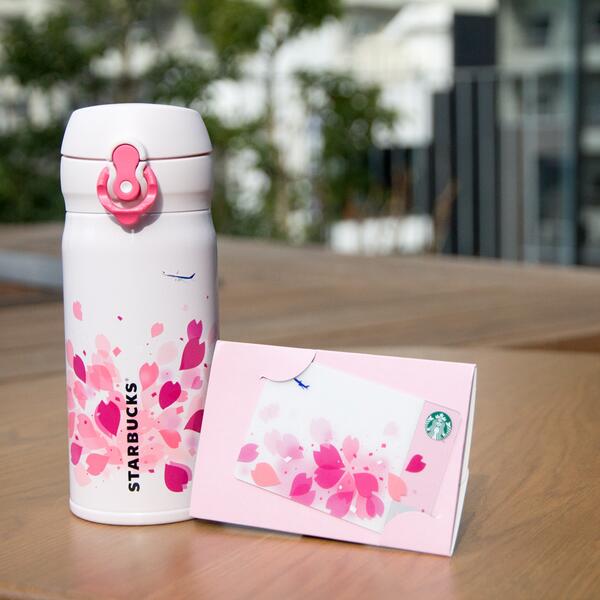
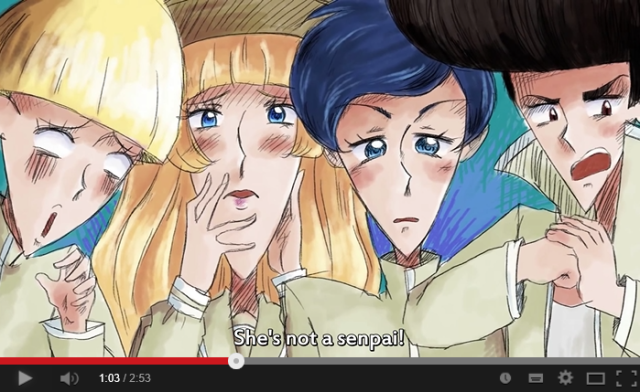
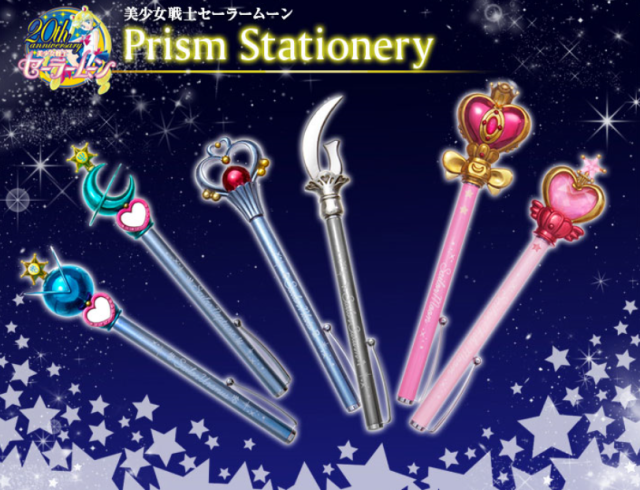
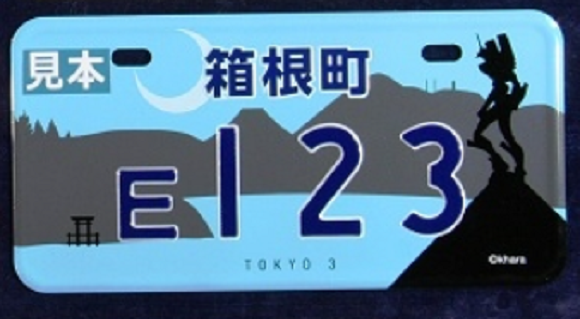
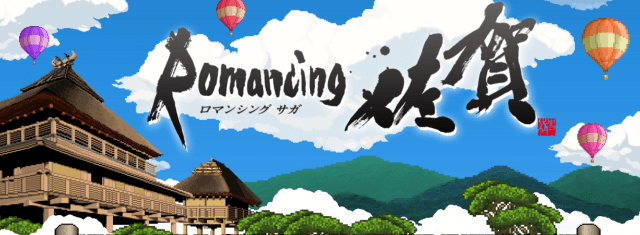
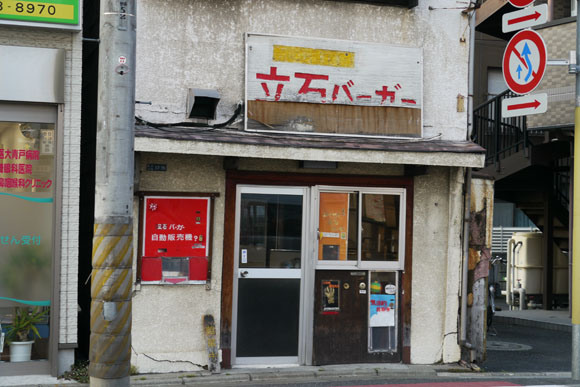
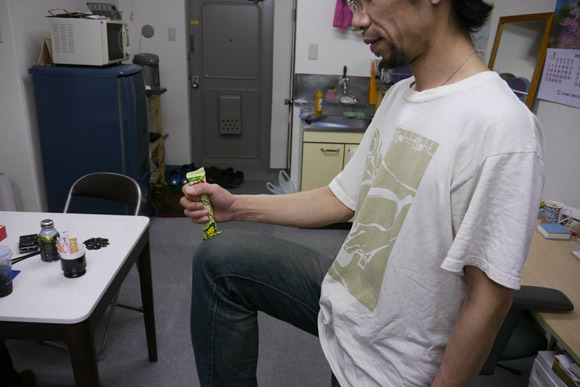
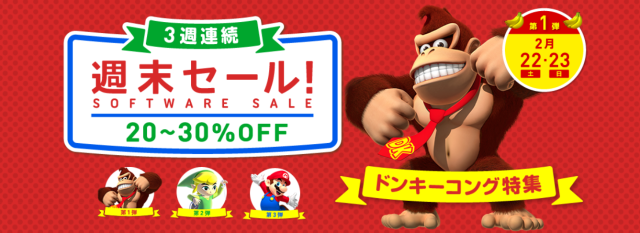
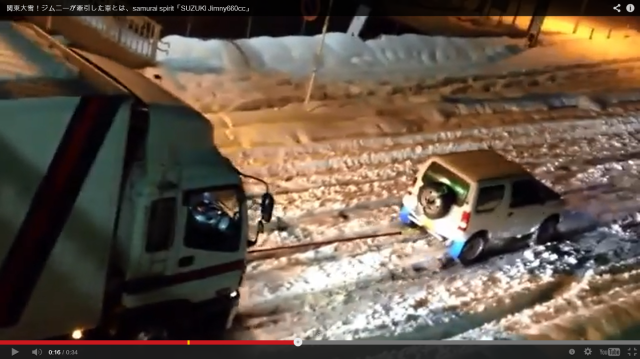
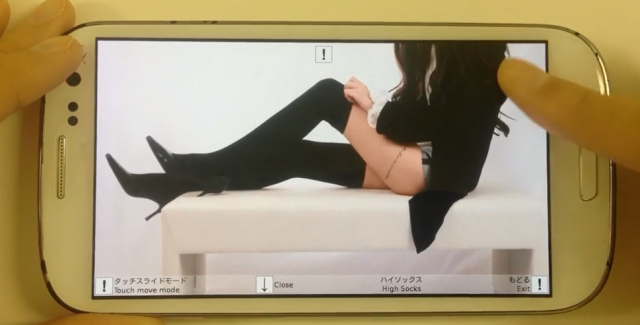
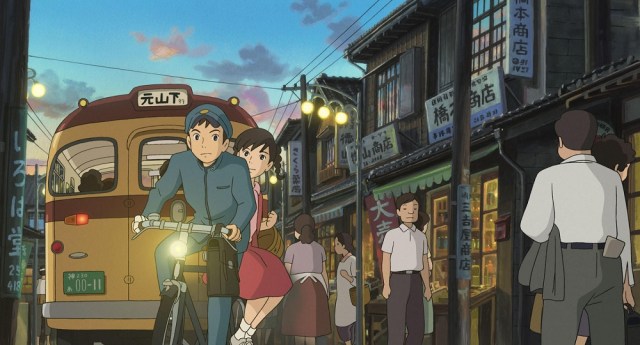
 Ghibli’s Princess Mononoke teams up with Foxfire for outdoor apparel collaboration【Photos】
Ghibli’s Princess Mononoke teams up with Foxfire for outdoor apparel collaboration【Photos】 Samurai ritual suicide contest cancelled by organizer in west Japan
Samurai ritual suicide contest cancelled by organizer in west Japan Tokyo park’s sea of clouds, nighttime illumination, and cosplay days make now perfect time to visit
Tokyo park’s sea of clouds, nighttime illumination, and cosplay days make now perfect time to visit After cancelling Halloween, Tokyo’s Shibuya neighborhood cancels New Year’s Eve too
After cancelling Halloween, Tokyo’s Shibuya neighborhood cancels New Year’s Eve too Japanese job-quitting service contacted by other job-quitting service because employee wants to quit
Japanese job-quitting service contacted by other job-quitting service because employee wants to quit American jackass tourist arrested after carving name into gate at Tokyo’s Meiji Shrine【Video】
American jackass tourist arrested after carving name into gate at Tokyo’s Meiji Shrine【Video】 Sanrio and magical girl anime PreCure join forces for new merch line【Photos】
Sanrio and magical girl anime PreCure join forces for new merch line【Photos】 Mario Kart Happy Meal toys arrive at McDonald’s Japan, and SoraNews24 has the whole set!【Photos】
Mario Kart Happy Meal toys arrive at McDonald’s Japan, and SoraNews24 has the whole set!【Photos】 Toy or extreme sport? Shop in Hokkaido changes our image of kendama
Toy or extreme sport? Shop in Hokkaido changes our image of kendama Made In Japan Fender Limited Edition Hello Kitty Stratocaster now on sale in Japan
Made In Japan Fender Limited Edition Hello Kitty Stratocaster now on sale in Japan Ghibli Park debuts first winter illumination display with Howl’s Moving Castle theme
Ghibli Park debuts first winter illumination display with Howl’s Moving Castle theme New Ghibli papercraft kit gives you a little Princess Mononoke forest on your desk【Photos】
New Ghibli papercraft kit gives you a little Princess Mononoke forest on your desk【Photos】 Tokyo restaurant isn’t kidding about the name of its overflowing rare wagyu-ju【Photos】
Tokyo restaurant isn’t kidding about the name of its overflowing rare wagyu-ju【Photos】 Off-the-beaten-tourist-track observatory tower in Tokyo has great views of the city…for free!
Off-the-beaten-tourist-track observatory tower in Tokyo has great views of the city…for free! Starbucks releases new Wicked tumblers in Japan
Starbucks releases new Wicked tumblers in Japan Japan’s Pokémon donuts are evolving as Diglett grows into Dugtrio churro!
Japan’s Pokémon donuts are evolving as Diglett grows into Dugtrio churro! Beautiful Japanese garden green tea crepes waiting in Tokyo’s historical Asakusa neighborhood
Beautiful Japanese garden green tea crepes waiting in Tokyo’s historical Asakusa neighborhood Nintendo’s controller capsule toys are so cool, even the machine you buy them from is awesome【Pics】
Nintendo’s controller capsule toys are so cool, even the machine you buy them from is awesome【Pics】 Tokyo Disneyland loses top-attendance crown for Japanese theme parks for second year in a row
Tokyo Disneyland loses top-attendance crown for Japanese theme parks for second year in a row Pringles releases a limited-edition sweet flavour in Japan
Pringles releases a limited-edition sweet flavour in Japan What’s the deal with akebi, the perfectly purple, alien-like fruit that’s in season now in Japan?
What’s the deal with akebi, the perfectly purple, alien-like fruit that’s in season now in Japan? Kyoto becomes City of Yokai, with Night Parade of One Hundred Demons festival this autumn
Kyoto becomes City of Yokai, with Night Parade of One Hundred Demons festival this autumn McDonald’s new Happy Meals offer up cute and practical Sanrio lifestyle goods
McDonald’s new Happy Meals offer up cute and practical Sanrio lifestyle goods Foreign tourists on Shinkansen bullet train break suitcase etiquette, angering local passengers
Foreign tourists on Shinkansen bullet train break suitcase etiquette, angering local passengers [Deleted] Article written for April Fool’s Day 2018
[Deleted] Article written for April Fool’s Day 2018 Japanese government to make first change to romanization spelling rules since the 1950s
Japanese government to make first change to romanization spelling rules since the 1950s Foreigner’s request for help in Tokyo makes us sad for the state of society
Foreigner’s request for help in Tokyo makes us sad for the state of society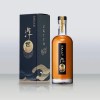 Ghibli founders Toshio Suzuki and Hayao Miyazaki contribute to Japanese whisky Totoro label design
Ghibli founders Toshio Suzuki and Hayao Miyazaki contribute to Japanese whisky Totoro label design Japanese convenience store Family Mart announces abolishment of eat-in spaces
Japanese convenience store Family Mart announces abolishment of eat-in spaces Princesses, fruits, and blacksmiths: Study reveals the 30 most unusual family names in Japan
Princesses, fruits, and blacksmiths: Study reveals the 30 most unusual family names in Japan Life-size vibrating Legend of Zelda Master Sword for sale from Nintendo【Photos】
Life-size vibrating Legend of Zelda Master Sword for sale from Nintendo【Photos】 Doraemon found buried at sea as scene from 1993 anime becomes real life【Photos】
Doraemon found buried at sea as scene from 1993 anime becomes real life【Photos】 American jackass tourist arrested after carving name into gate at Tokyo’s Meiji Shrine【Video】
American jackass tourist arrested after carving name into gate at Tokyo’s Meiji Shrine【Video】 Sanrio and magical girl anime PreCure join forces for new merch line【Photos】
Sanrio and magical girl anime PreCure join forces for new merch line【Photos】 Mario Kart Happy Meal toys arrive at McDonald’s Japan, and SoraNews24 has the whole set!【Photos】
Mario Kart Happy Meal toys arrive at McDonald’s Japan, and SoraNews24 has the whole set!【Photos】 Toy or extreme sport? Shop in Hokkaido changes our image of kendama
Toy or extreme sport? Shop in Hokkaido changes our image of kendama Made In Japan Fender Limited Edition Hello Kitty Stratocaster now on sale in Japan
Made In Japan Fender Limited Edition Hello Kitty Stratocaster now on sale in Japan A deep-fried sushi senbero awaits from Super Value【Japan’s Best Home Senbero】
A deep-fried sushi senbero awaits from Super Value【Japan’s Best Home Senbero】 New Donkey Kong area at Universal Studios Japan gets opening date, and it’s VERY soon【Video】
New Donkey Kong area at Universal Studios Japan gets opening date, and it’s VERY soon【Video】 Shizuoka’s local Cherry Beans Potato French fries are just plain devilishly good
Shizuoka’s local Cherry Beans Potato French fries are just plain devilishly good Travel through Japanese festivals and tourist sites with this stunning 8K highlight reel 【Video】
Travel through Japanese festivals and tourist sites with this stunning 8K highlight reel 【Video】 Drawing a school girl leaping over a man firing a gun? There’s a reference book for that!
Drawing a school girl leaping over a man firing a gun? There’s a reference book for that! Coca-Cola Japan unveils new sakura design bottle for cherry blossom season 2019
Coca-Cola Japan unveils new sakura design bottle for cherry blossom season 2019 Doraemon found buried at sea as scene from 1993 anime becomes real life【Photos】
Doraemon found buried at sea as scene from 1993 anime becomes real life【Photos】 Man in Tokyo slices own stomach with knife near one of the city’s busiest train stations
Man in Tokyo slices own stomach with knife near one of the city’s busiest train stations Katsu weight showdown! Which Japanese supermarket gives you the most tonkatsu meat for your yen?
Katsu weight showdown! Which Japanese supermarket gives you the most tonkatsu meat for your yen?